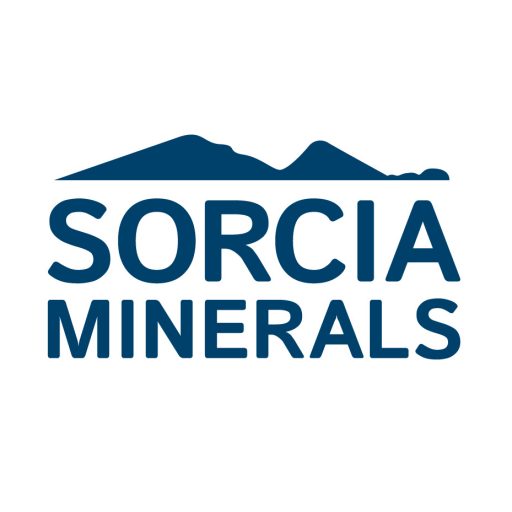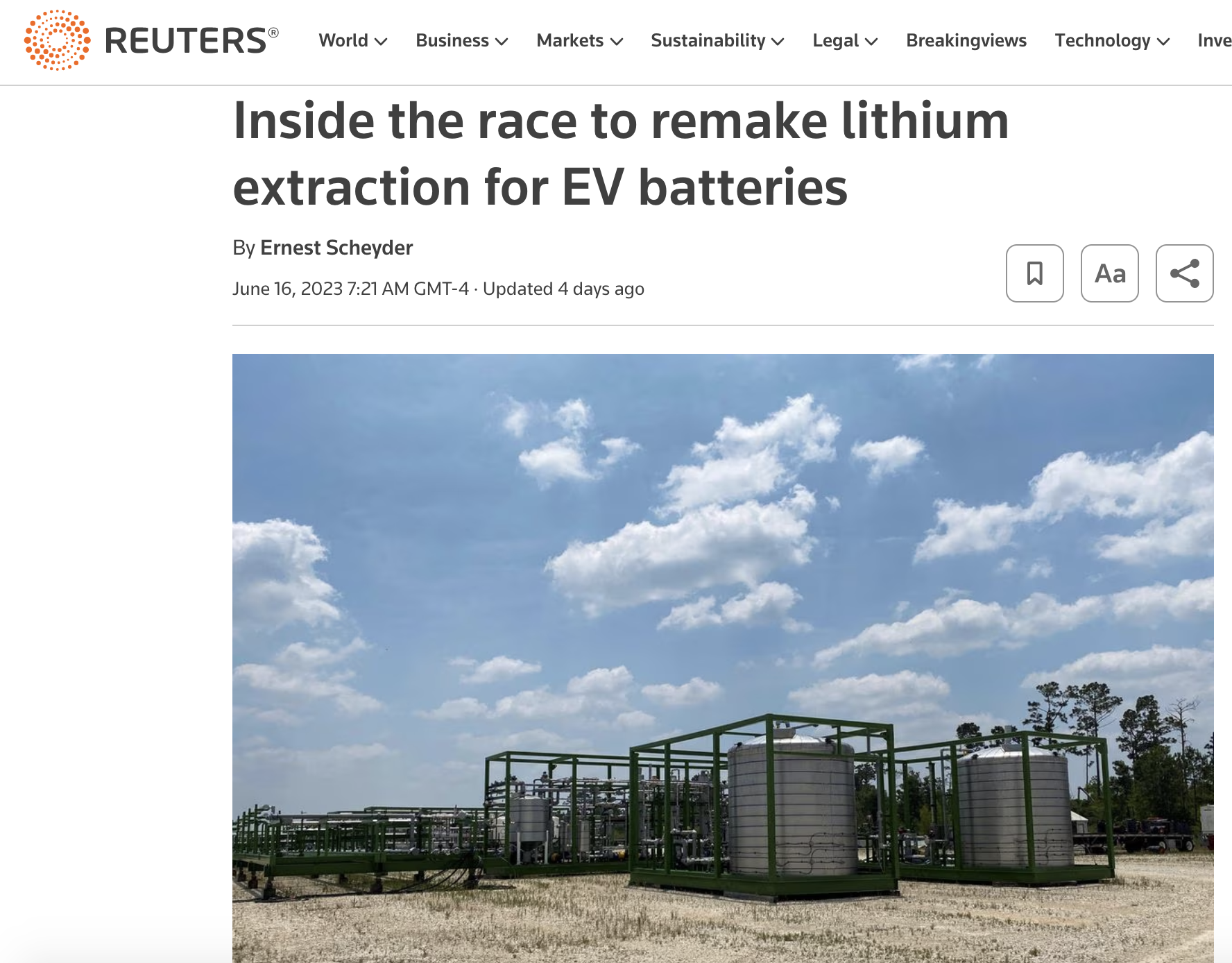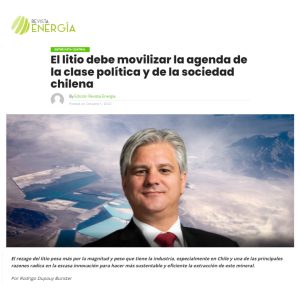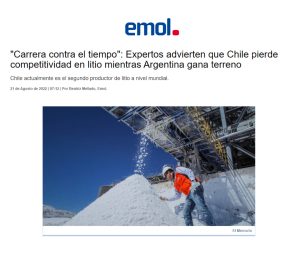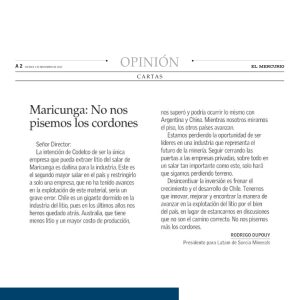By Ernest Scheyder, Reuters
LAKE CHARLES, Louisiana, June 16 (Reuters) – The global battle to reshape the lithium industry is sucking in oil producers, tech startups and entrenched mining giants, each jockeying to be the first to reinvent how a metal key to the green energy transition is produced.
A fleet of direct lithium extraction (DLE) technologies are on the verge of tapping salty brine deposits across Europe, Asia, North America and elsewhere that the U.S. Geological Survey estimates are filled with roughly 70% of the world’s reserves of the metal.
At stake is influence over an industry expected to grow to more than $10 billion in annual revenue within the next decade as the successful DLE companies will supply lithium for electric vehicle batteries in hours or days, not months or longer as with existing large, water-intensive evaporation ponds and open-pit mines.
“The world needs abundant, low-cost lithium to have an energy transition, and DLE has the potential to meet that goal,” said Ken Hoffman, co-head of the EV Battery Materials Research group at McKinsey & Co.
Chilean President Gabriel Boric spotlighted global attention on the once-niche sector in April by outlining a radical plan to phase out evaporation ponds and deploy DLE across his country’s vast lithium reserves, although he did not choose a specific technology. Boric’s shock announcement was all the more surprising as no DLE technology has reached commercial production without the use of those ponds, sparking competition to be the first.
Interviews with more than two dozen potential customers that have tested DLE technologies, industry analysts, consultants and investors show that tech startups EnergySource Minerals and International Battery Metals (IBAT.CD) (IBAT), as well as oilfield service provider SLB (SLB.N) and mining giant Rio Tinto (RIO.AX) are expected to be among the first to launch commercial DLE projects within the next 12 to 18 months. French miner Eramet (ERMT.PA) and Chinese resin producer Sunresin (300487.SZ) are also seen as likely early winners.
“The industry is so close to a major leap forward,” said John Burba, who helped invent a prominent DLE technology and is IBAT’s executive chairman.
While DLE technologies vary, they are comparable to common household water softeners and aim to extract about 90% or more of the lithium from brines, compared to about 50% using ponds. That’s enticed not only the lithium industry’s customers but its investors, many of whom expect DLE to lower production costs.
“DLE technologies could increase the viability of resources that aren’t necessarily viable with evaporative technologies,” said Alec Lucas of the Global X Lithium & Battery Tech ETF (LIT.P).
DLE technologies that are portable, able to recycle much of their fresh water and limit hydrochloric acid use are seen as most appealing. By 2030, 13% of the world’s lithium will be produced using DLE, projections by commodity price provider Fastmarkets showed.
By contrast, the U.S. fracking industry – also born from radical technological advancements – pumps just 5% to 9% of the world’s oil but is seen as a key influence on energy markets.
Using the shale play-book, DLE is viewed as a potential swing producer in lithium as supply can be procured quickly and stopped just as quickly. Global appetite for the metal is projected to hit 2.7 million metric tons by the end of this decade, a nearly fourfold jump from 2022.
“Given those demand projections, there’s definitely need for more supply from DLE,” said Jordan Roberts, a Fastmarkets lithium industry analyst.
TANKS AND PIPES
In a rural Louisiana workyard, IBAT has built an automated DLE plant fabricated with thousands of feet of forest green-colored pipes and tanks that are able to filter 5,000 metric tons of lithium annually.
“We’re confident we can be the first to market,” said IBAT CEO Garry Flowers. The company engineered its 450 foot-long plant to be ported in 32 pieces and stacked like LEGO bricks, a design the company is hoping will be commercially producing lithium by December.
A customer aiming to produce 15,000 metric tons of lithium each year, for example, could buy three stackable IBAT lithium plants. The entire IBAT facility is less than three acres, compared to hundreds of acres for evaporation ponds or open-pit mines.
As part of a deal to buy more than 100,000 lithium-rich acres in Arkansas from Galvanic Energy earlier this year, Exxon Mobil (XOM.N) acquired test results showing IBAT’s DLE technology could recover more than 91% of lithium from that acreage’s brine. IBAT has held talks with Exxon Mobil (XOM.N) and Chevron (CVX.N) about licensing its DLE technology, according to three people familiar with the matter and documents seen by Reuters.
Exxon has also held talks with EnergySource Minerals about licensing DLE technology, two of the people said.
EnergySource is building a lithium facility in California’s Salton Sea and has licensed its technology to Koch Industries-backed Compass Minerals International (CMP.N) to extract the metal from Utah’s Great Salt Lake starting in 2025. Ford (F.N) has agreed to buy lithium from both projects.
Exxon, Chevron and EnergySource declined to comment. IBAT said it does not make forward-looking statements and cannot confirm any discussions that have taken place to date.
For oil producers, DLE offers the tantalizing prospect of filtering lithium from water that is already extracted alongside hydrocarbons. Typically that water must be injected back underground at a cost, but DLE could allow oil firms to generate income. Much of this so-called produced water holds 10 to 15 times less lithium than in Chile, for example, a lower concentration that is uneconomic to filter with just evaporation ponds.
“It’s absolutely the smart thing for them to be looking at,” said Eli Horton of Exxon shareholder Engine No. 1, which helped elect three candidates to the oil giant’s board in 2021. “It’s always nice if you can turn a cost center into a profit.”
SLB, the world’s largest oilfield services provider, is expanding into lithium and plans to be operational by early next year using a DLE process that includes EnergySource’s technology and water treatment equipment from others.
The company, previously known as Schlumberger, is building a portable DLE plant in Nevada and is in talks with 10 potential customers, said Gavin Rennick, president of SLB’s New Energy division.
“The fact that you can have a completely domestic brine resource that is now economic is an enormous driver for DLE,” said Rennick.
Mining giants are not letting new entrants dominate the space, though. Rio Tinto paid $825 million last year for a DLE project in Argentina and expects to have it producing 3,000 metric tons of lithium annually by next year.
“We are doing a lot of work on the process and are comfortable with the technology,” said Sinead Kaufman, chief executive of Rio’s minerals business.
‘TAILORED TO EACH BRINE’
DLE has not garnered universal praise. Last year, short-sellers criticized processes developed by Standard Lithium (SLI.V) and Lilac Solutions as likely inoperable. Both companies denied the claims.
Standard last month signed an agreement with Koch Industries – its largest shareholder – to deploy Koch’s DLE technology in Arkansas and also hired French bank BNP Paribas to help secure debt financing.
Lilac, which is backed by BMW (BMWG.DE) and Breakthrough Energy Ventures, said in April that a lithium pilot plant it built in Argentina with Lake Resources (LKE.AX) produced 2.5 metric tons of lithium. Most of that lithium was produced since January, said CEO Dave Snydacker.
Many brine deposits have varied chemical compositions, meaning it’s unlikely that one DLE technology will emerge as a global leader. Many Chinese deposits have high concentrations of magnesium, for example, and Bolivian deposits have high potassium levels.
“One of the main disadvantages of these DLE technologies is that they really have to be tailored to each brine,” said Steven Schoffstall of the Sprott Lithium Miners ETF (LITP.O).
Stellantis (STLAM.MI), General Motors (GM.N) and others have poured hundreds of millions of dollars into DLE firms, with aggressive timelines to launch electric fleets.
“Our window of opportunity doesn’t last long,” said Chris Doornbos, CEO of E3 Lithium (ETL.V), which is developing a Canadian DLE project with support from Exxon subsidiary Imperial Oil (IMO.TO). “We need to get commercialized now.”
